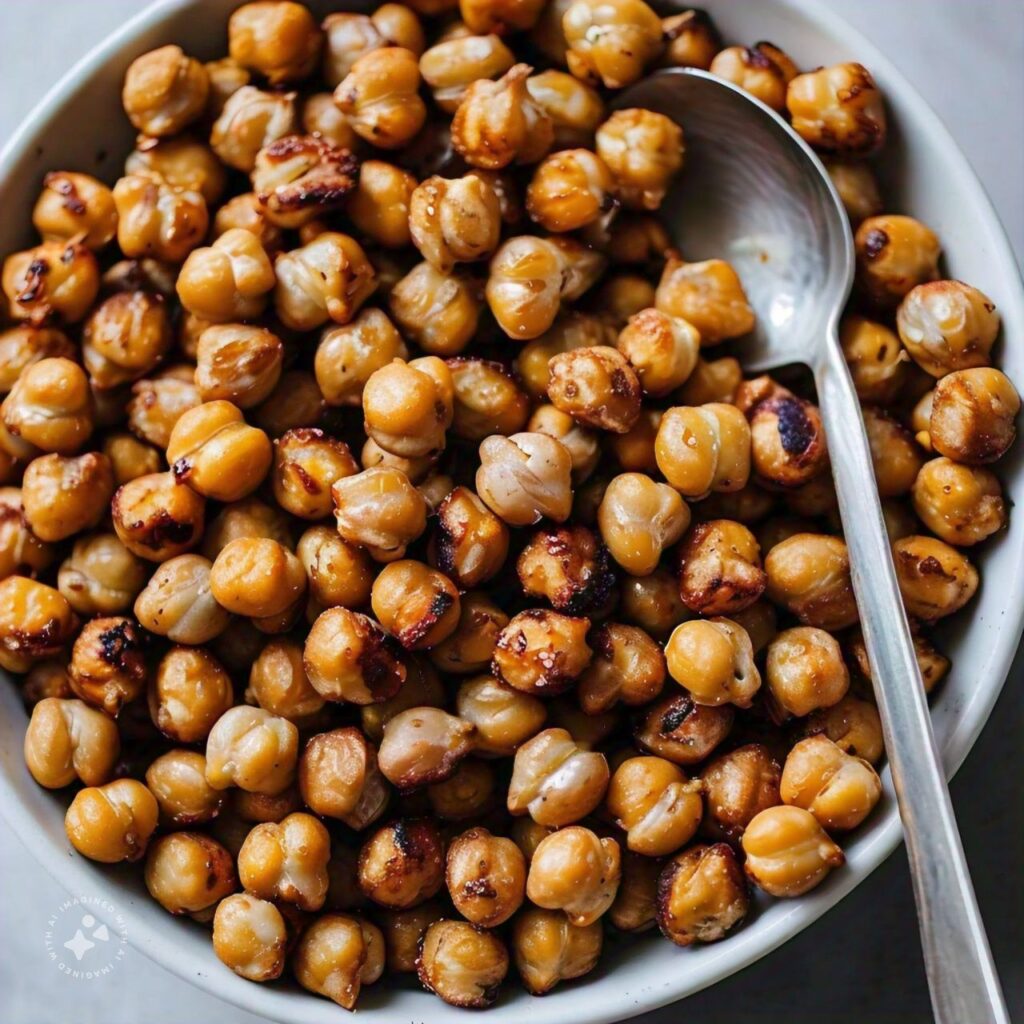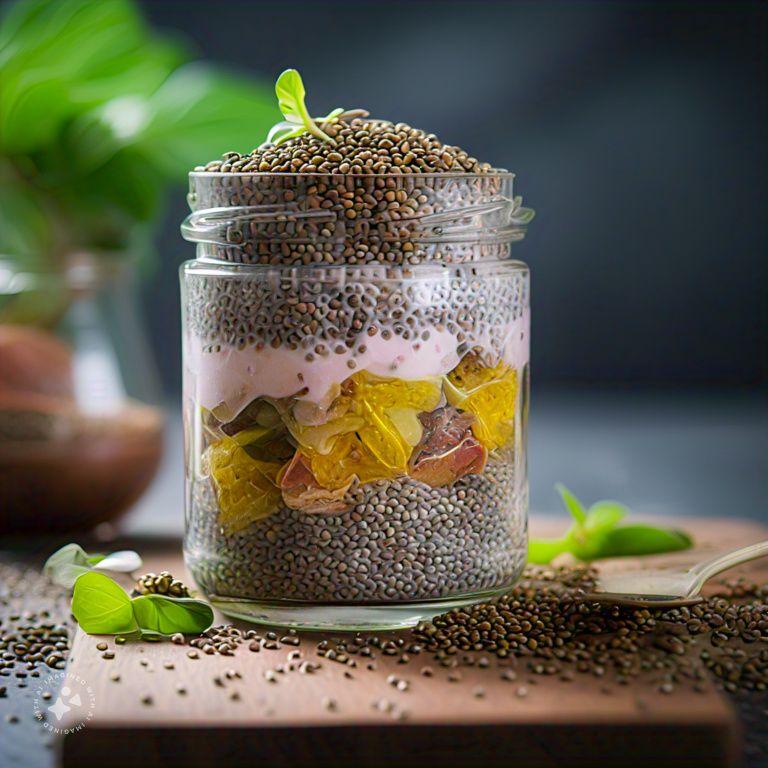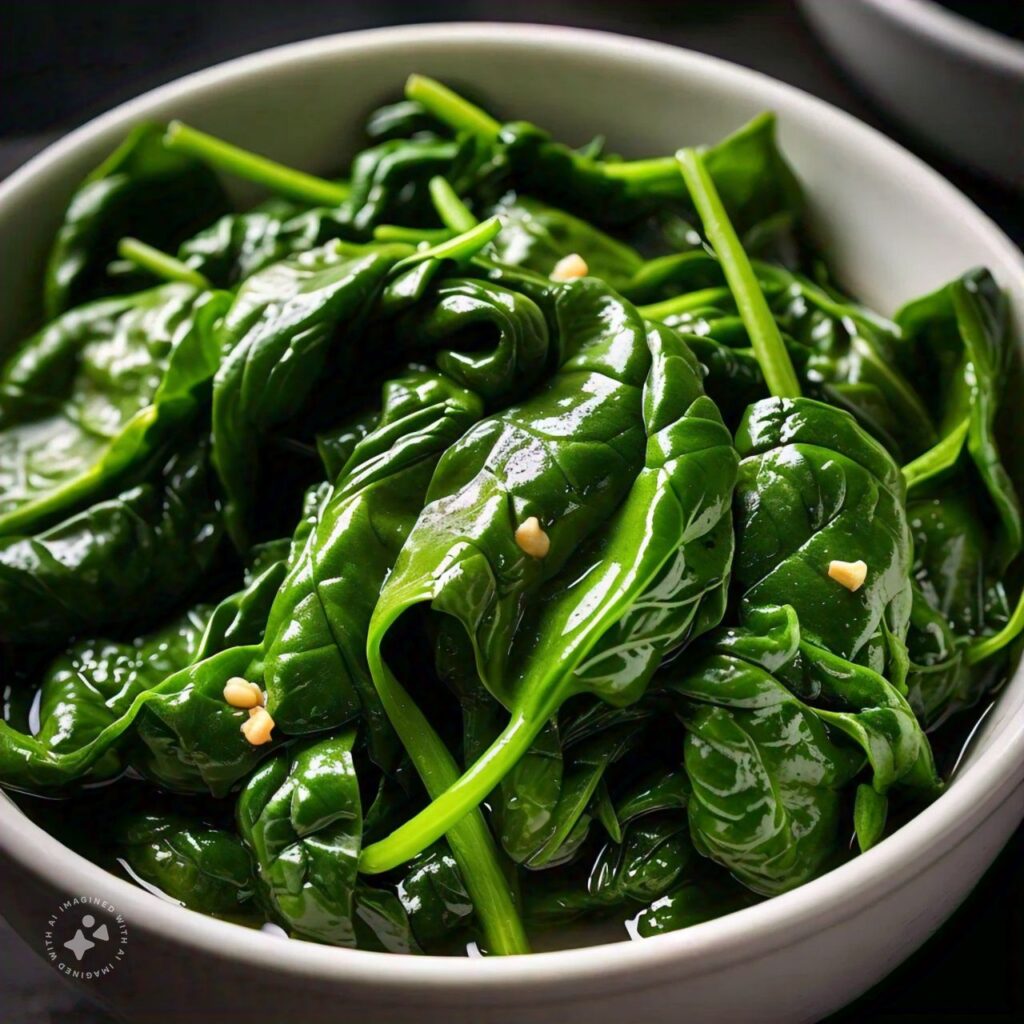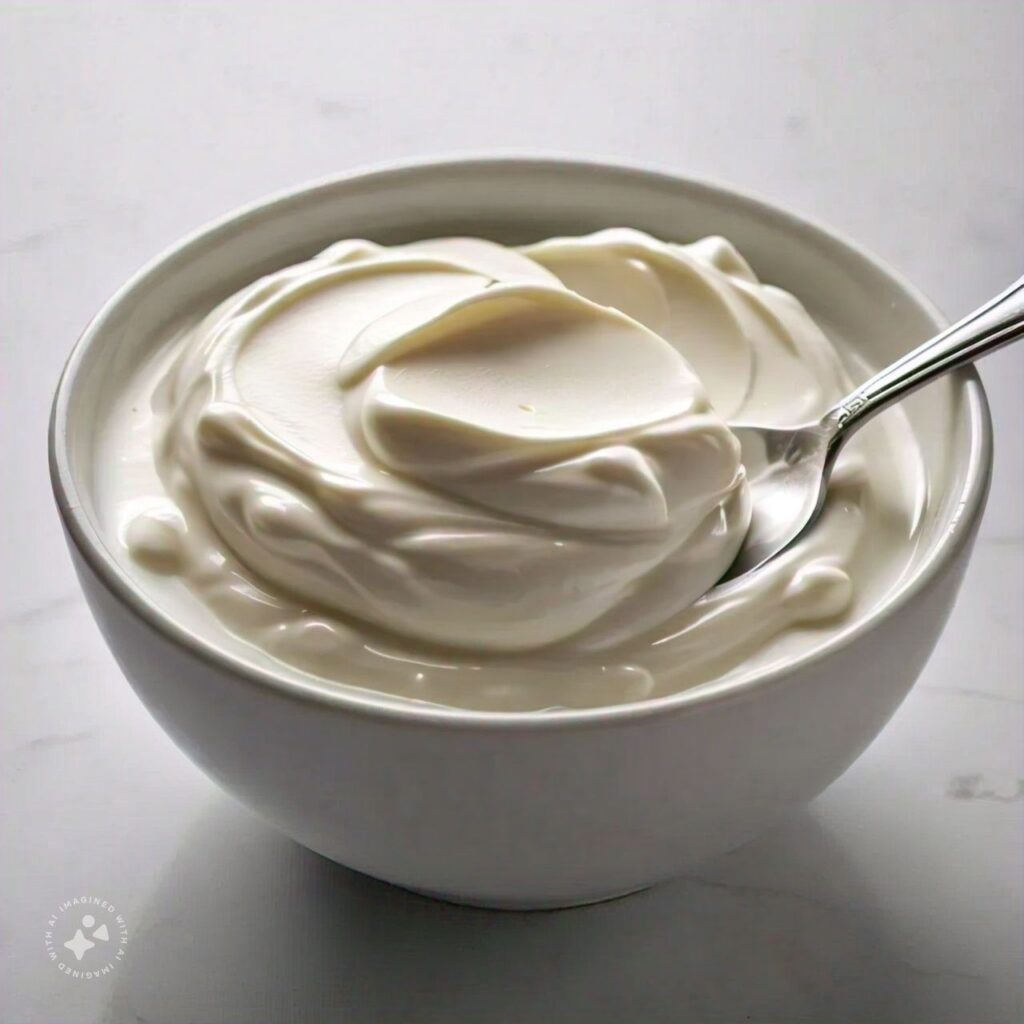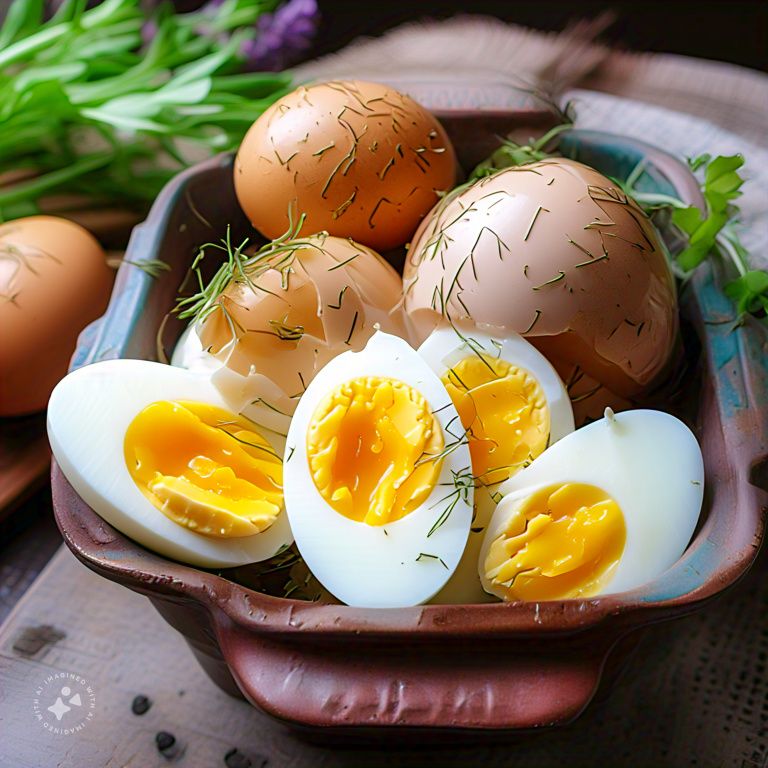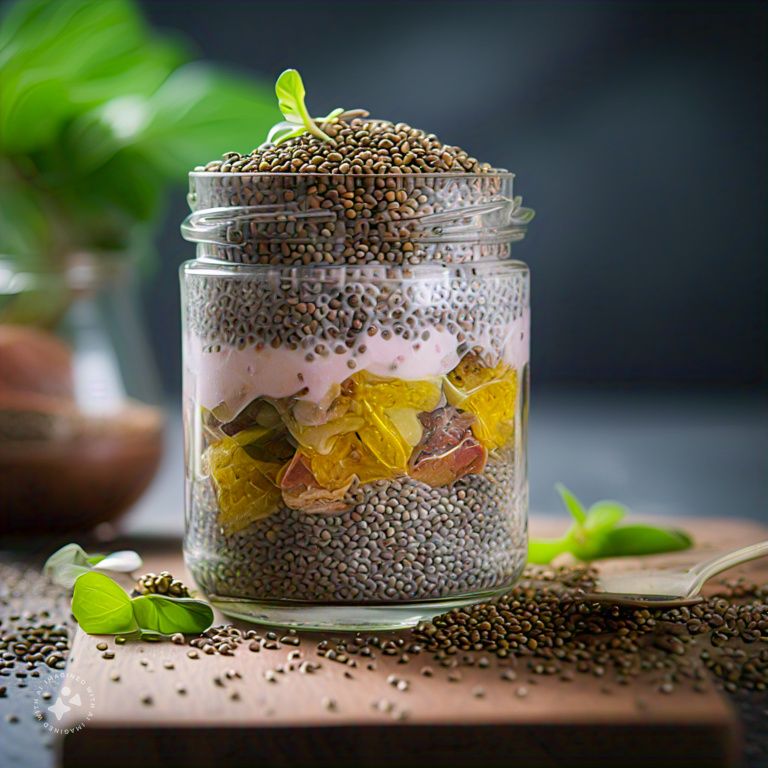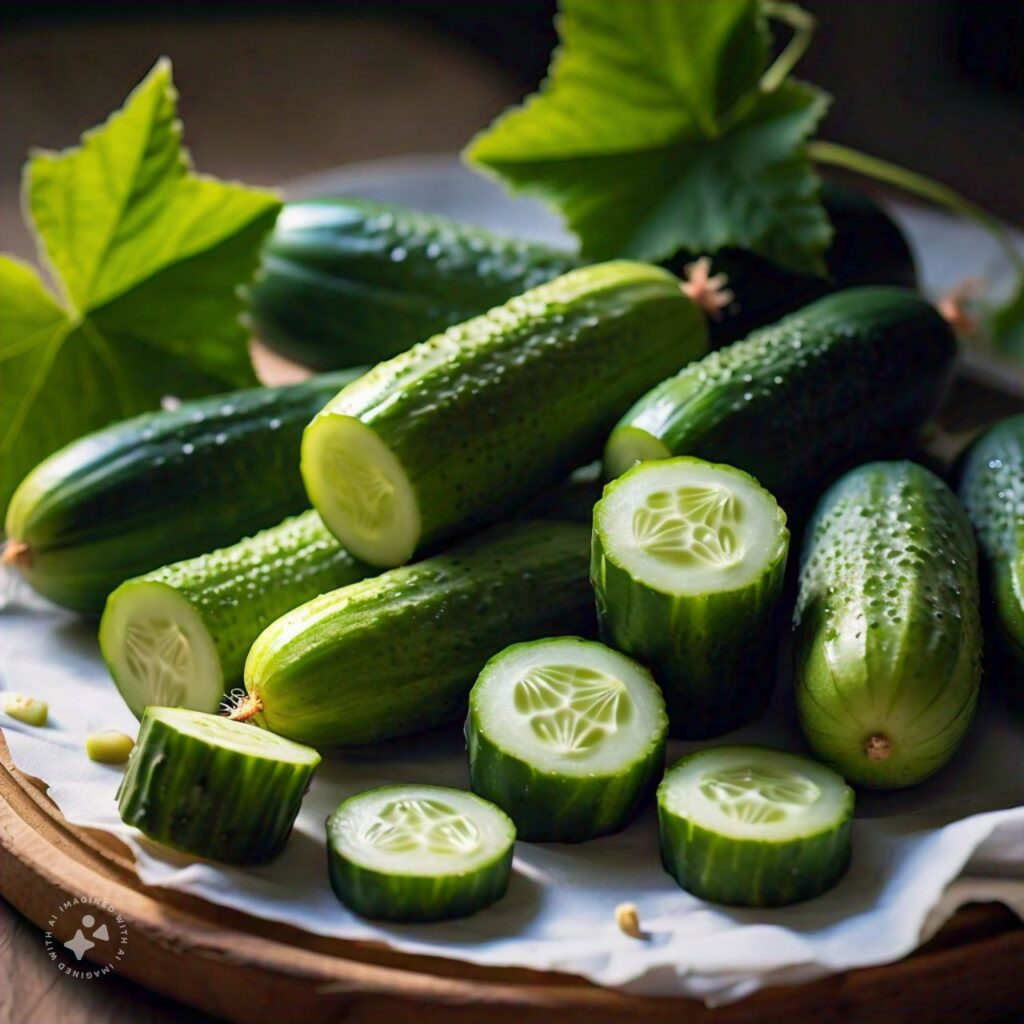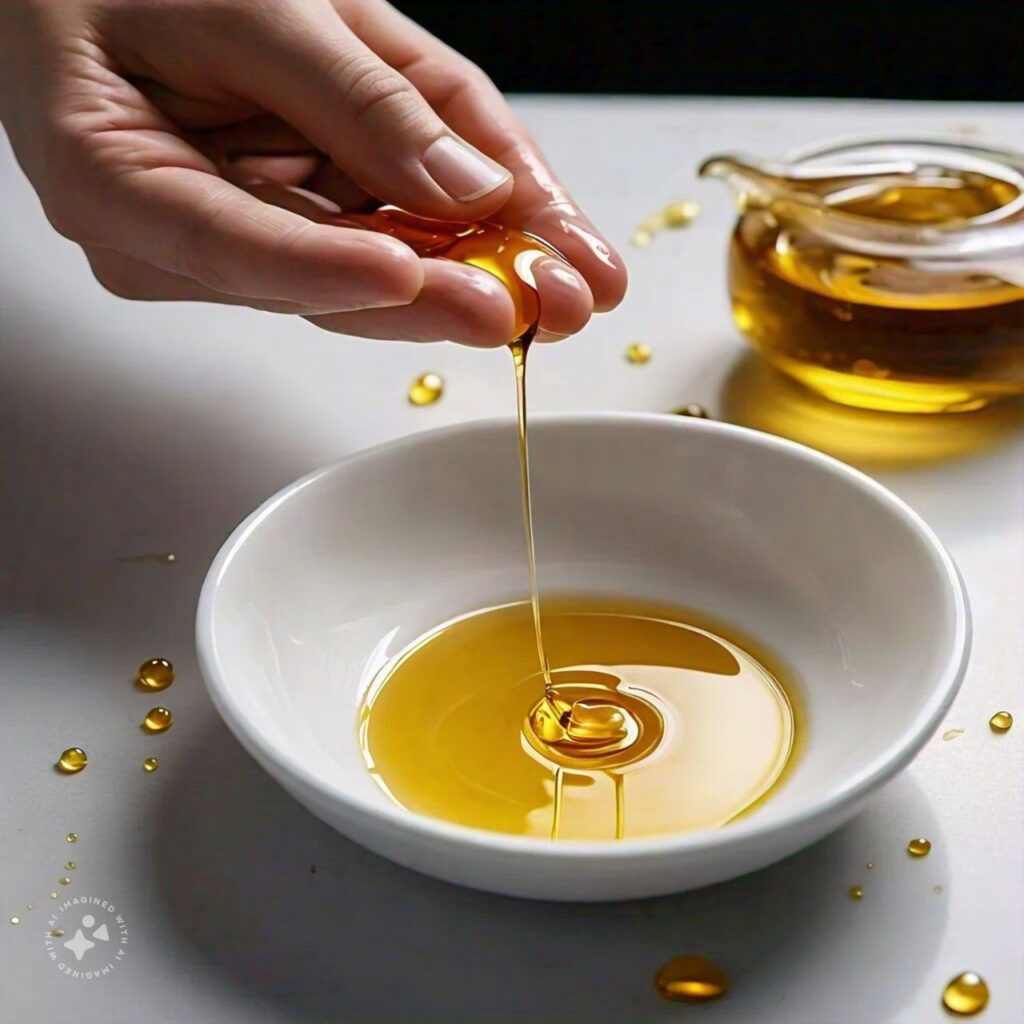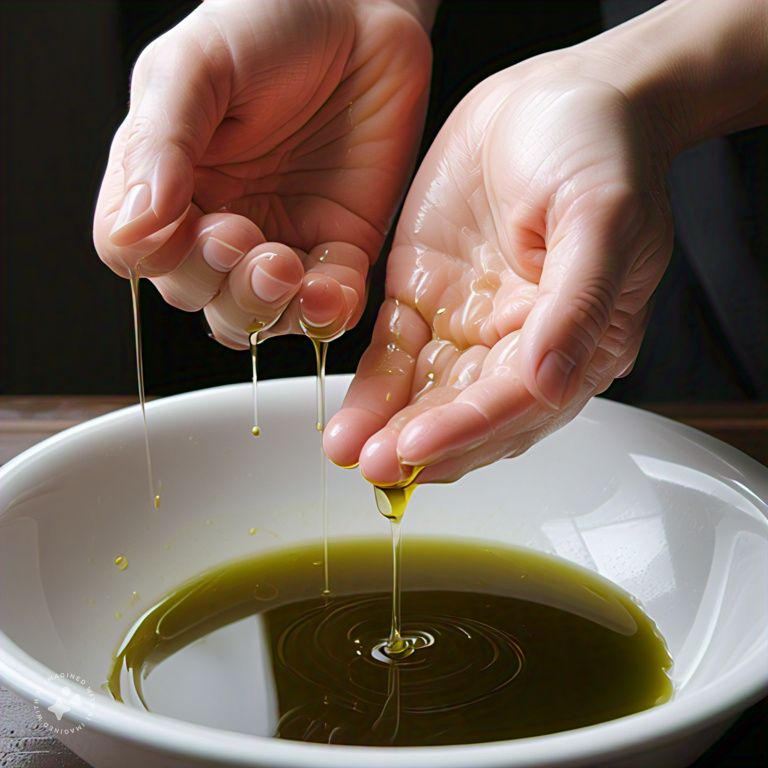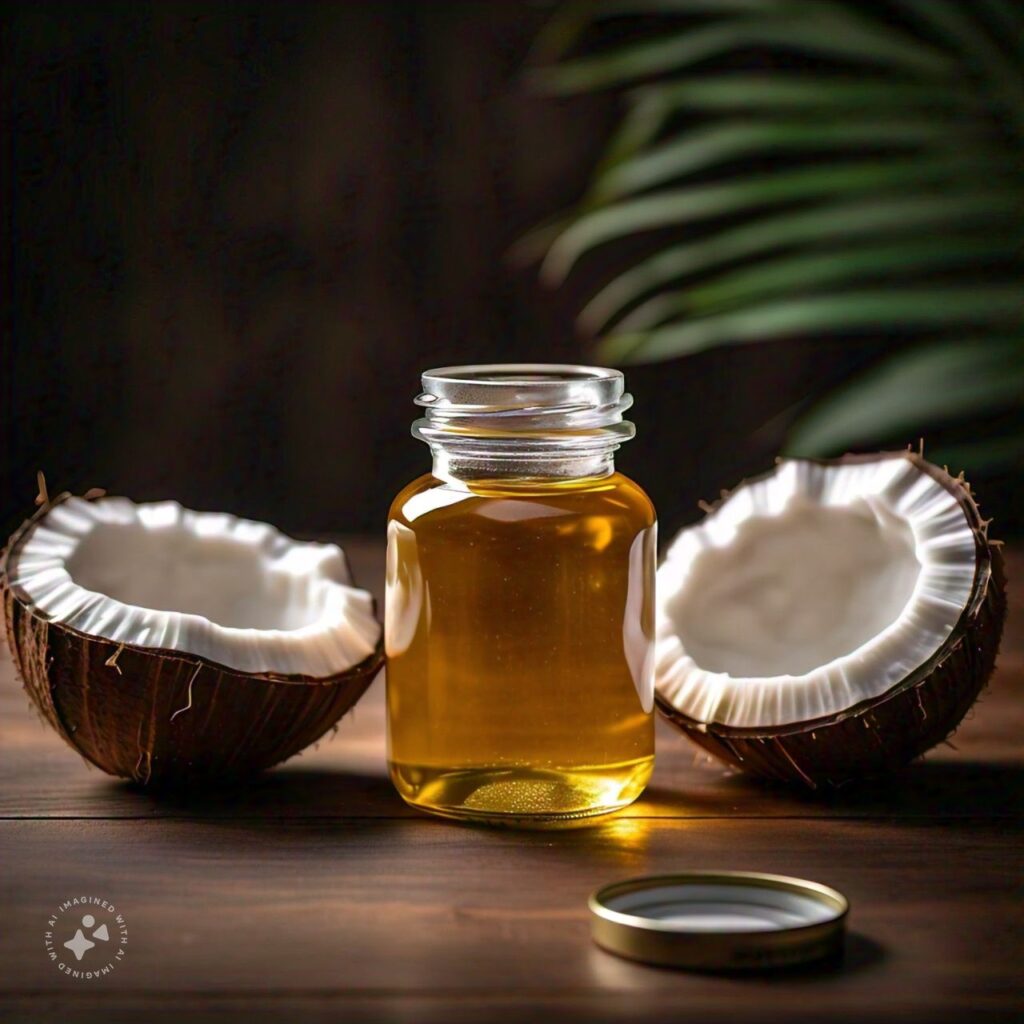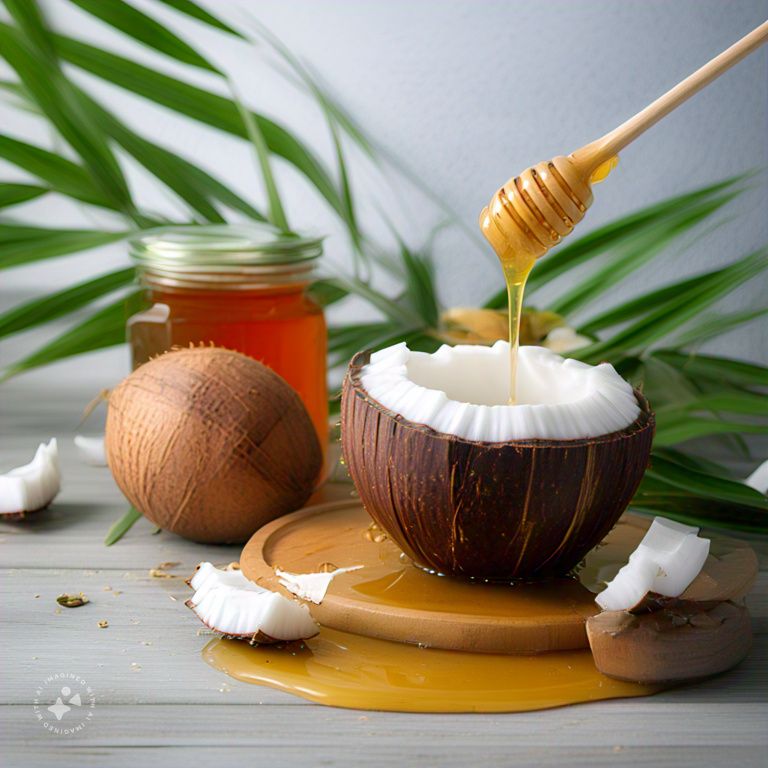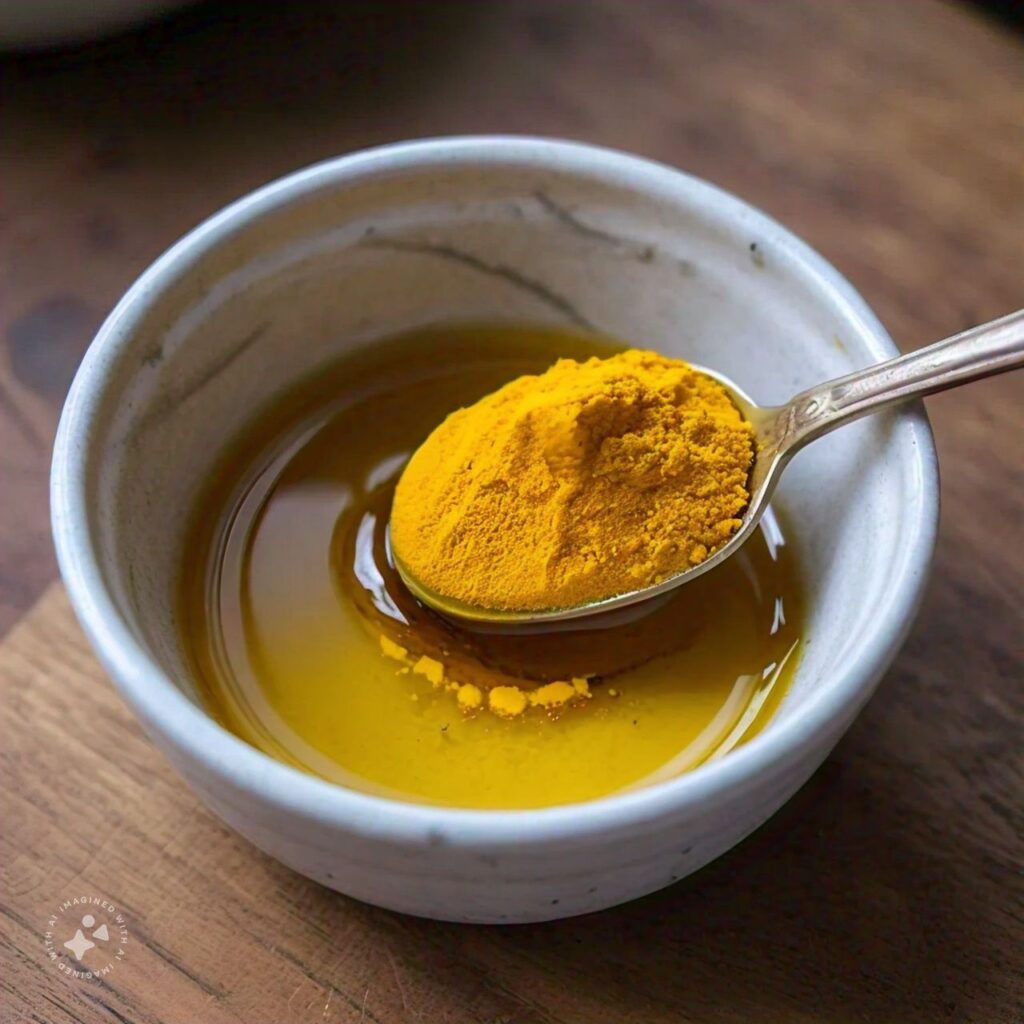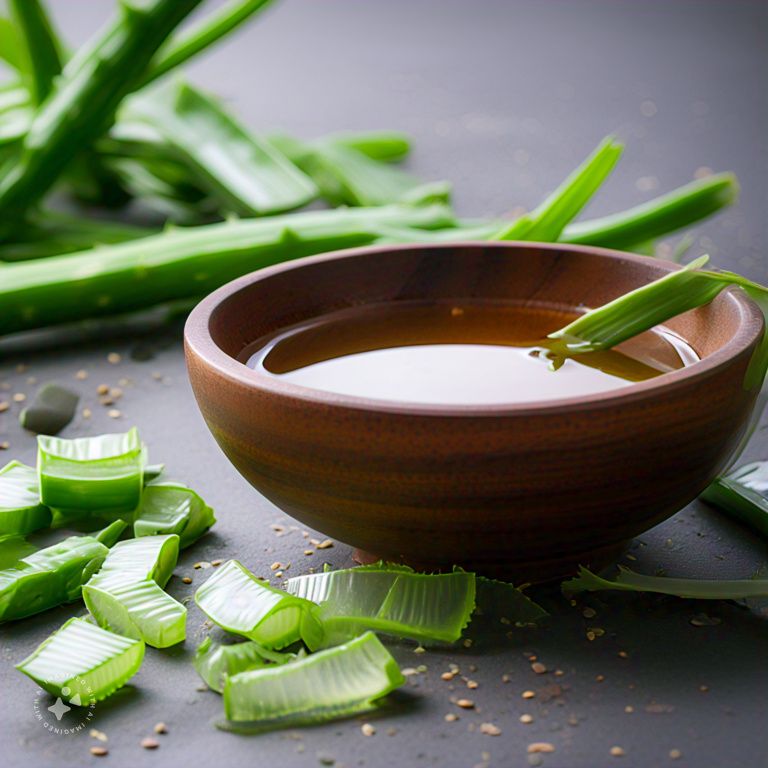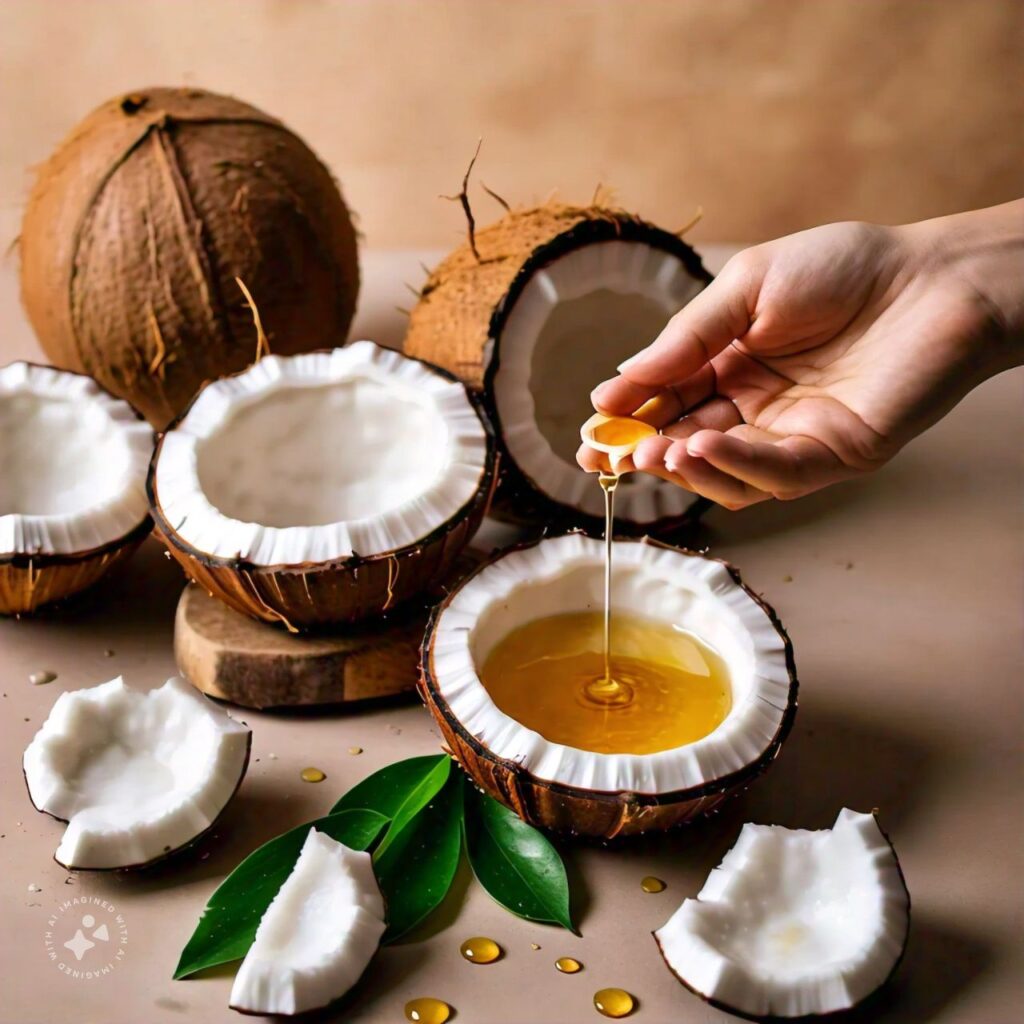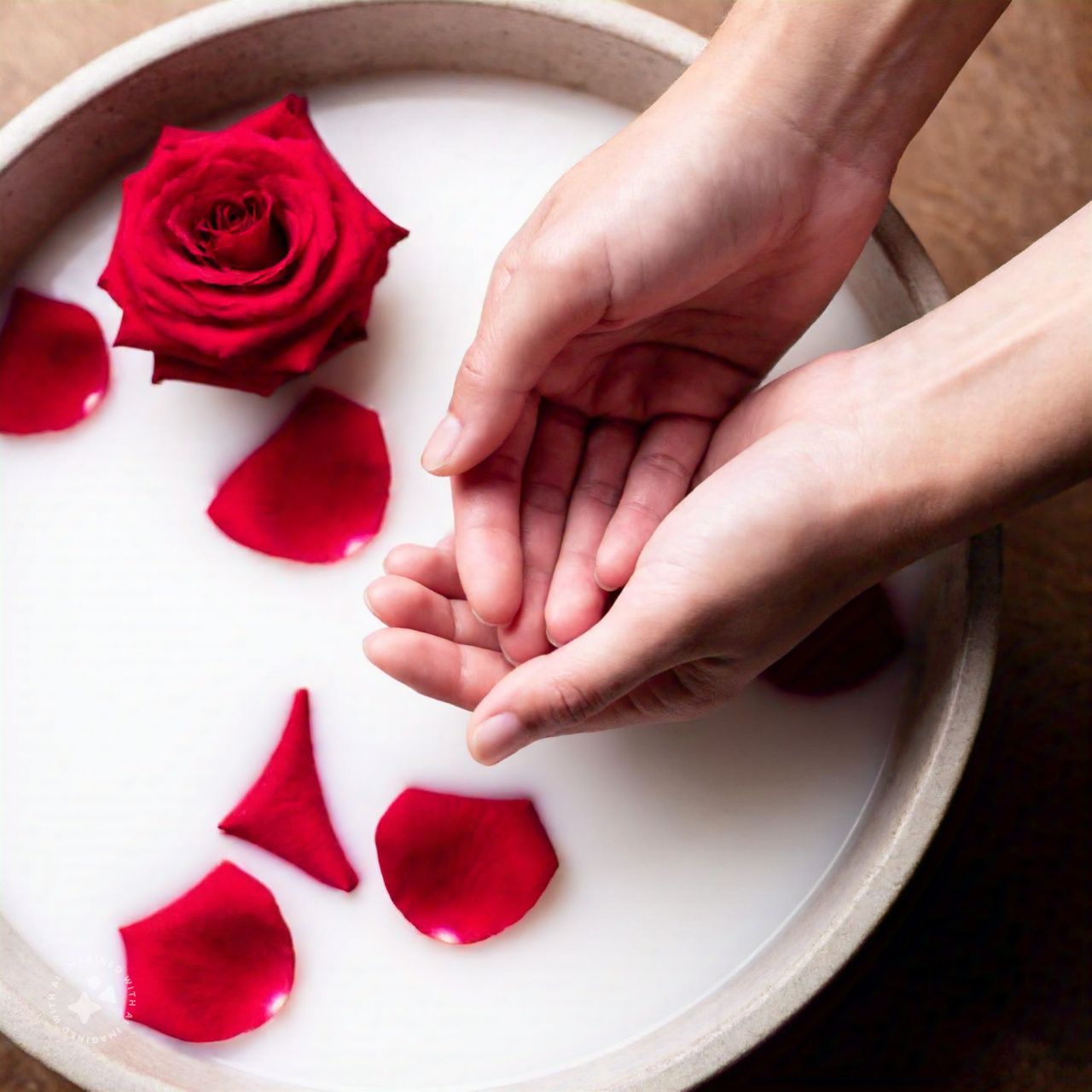Drinking water is an essential part of maintaining good health, yet many people overlook the importance of how we drink water. Understanding the right approach to hydration can have significant benefits for your overall well-being.
Here’s a detailed guide on how to drink water in a mindful and healthy manner.
1. The Importance of Drinking Water
Water is vital for nearly every function in your body. It helps regulate body temperature, aids in digestion, transports nutrients, flushes out toxins, and maintains proper cellular function. While you may be accustomed to drinking water on a regular basis, it is important to understand the quantity, timing, and method of drinking to maximize its benefits.
2. The Right Amount of Water
The recommended daily water intake varies depending on age, gender, activity level, and environmental factors. A common guideline is to drink at least eight 8-ounce glasses of water per day, known as the “8×8 rule.”
However, some experts suggest that you may need more if you are physically active, pregnant, or in a hot climate. A general recommendation is to consume about 2.7 liters (91 ounces) for women and 3.7 liters (125 ounces) for men.It’s important to listen to your body. Thirst is a natural indicator that you need water, but try not to wait until you’re parched to drink. Staying consistently hydrated throughout the day is better than chugging large amounts at once.
3. When to Drink Water
The timing of water consumption plays a role in its effectiveness. Here are a few key moments when it’s important to hydrate:
Upon Waking Up:
Your body loses water overnight through respiration and perspiration. Drinking a glass of water first thing in the morning helps replenish lost fluids and jump-starts metabolism.
Before Meals:
Drinking water 30 minutes before meals helps in digestion, curbing appetite, and may even prevent overeating.
During Exercise:
Water is necessary to prevent dehydration during physical activity. Sip water regularly during exercise, especially in hot or humid conditions.
Before Bed:
It’s crucial to hydrate before going to bed, but avoid drinking excessive amounts right before sleeping to prevent frequent trips to the bathroom during the night.
4. How to Drink Water Mindfully
While many people drink water casually, there are mindful techniques you can adopt to make the process more effective:
Sip Slowly:
Instead of gulping large amounts, sip water slowly. This allows your body to absorb it more effectively and aids in digestion. Rapid consumption can lead to bloating or indigestion.
Use a Glass or Bottle:
Using a glass rather than drinking directly from the faucet or bottle helps control how much water you consume and prevents excessive intake in a short time.
Stay Calm and Relaxed:
When you drink water, try to be calm and avoid distractions like eating or using your phone. Focus on the hydration process as a moment for self-care.
5. Enhance the Water Quality
The quality of the water you drink matters. If possible, opt for clean, filtered water to avoid harmful contaminants that might be present in tap water. Consider investing in a high-quality water filter to ensure the purity and taste of the water.
You can also enhance the flavor by adding slices of fruits like lemon, cucumber, or mint leaves, making water more enjoyable and motivating you to drink more.
6. Signs You’re Not Drinking Enough Water
If you feel thirsty often, have dry skin, experience fatigue, or notice darker urine, it’s a sign that you may be dehydrated. Chronic dehydration can lead to headaches, constipation, kidney problems, and a weakened immune system. If you notice these symptoms, increase your water intake gradually.
Conclusion
Drinking water might seem like a simple task, but doing it mindfully can have a significant impact on your health. Remember to stay hydrated throughout the day, drink at the right times, and adopt healthy habits to ensure you’re getting the right amount of water your body needs. By doing so, you’ll not only quench your thirst but also support your body’s vital functions.






